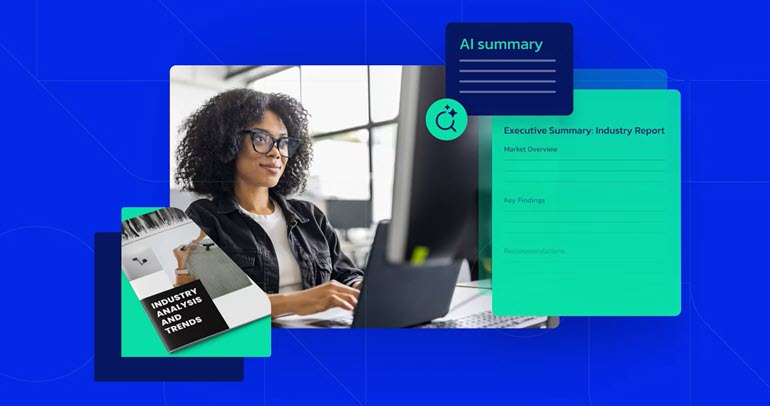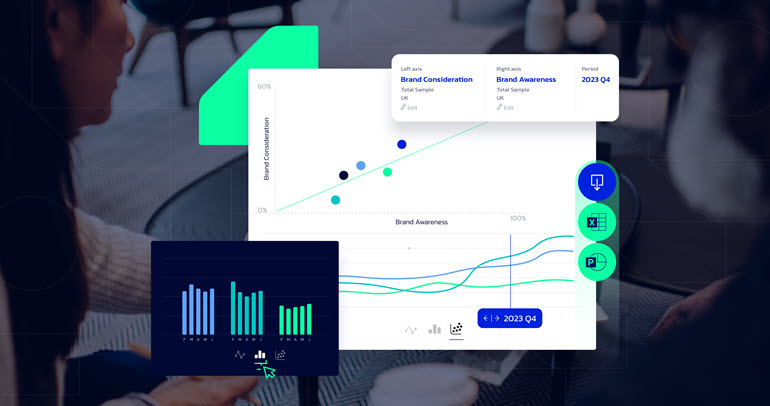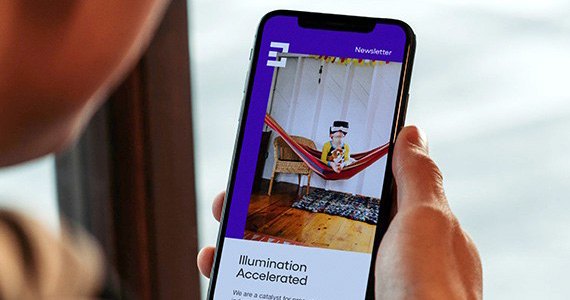
In the world of sales and customer success, the journey from acquiring a new customer to ensuring their satisfaction is a critical process. Having experience in sales, onboarding, and customer success, I’ve learned that it’s not just about making the sale, it’s about what happens next. Providing consistent quality service comes down to having established handoff processes between your sales and onboarding teams—and it’s not just a matter of convenience, it’s a strategic necessity for ensuring customer lifetime value, reducing churn, and driving business growth.
Imagine this: Your sales team has just closed a deal with a new customer, and they’re excited and ready to start using your product or service. But what happens next? Without a clear customer engagement plan in place, the transition from sales to onboarding can be chaotic, leading to confusion, delays, and even dissatisfaction among customers.
Here are six ways we ensure seamless handoff processes for our customer relationships at Escalent:
Consistency in Customer Experience
One of the primary reasons handoff processes are so important is consistency. When there’s a defined process in place, every customer goes through the same steps, ensuring a uniform and high-quality experience. Throughout the customer onboarding experience, customers should receive the same level of service and attention to detail. This can help drive consistently high Net Promoter System (NPS®) and CSAT ratings, as well as help with retention.
Clarity of Sales and Customer Success Responsibilities with Efficiency in Operations
Clear handoff processes also define the roles and responsibilities of both teams. The sales team knows when their job ends and the onboarding team’s job begins. This clarity prevents potential overlaps, ensuring that each team can focus on their specific tasks without stepping on each other’s toes.
Efficient customer handoffs save time and resources. Without a proper process, delays and misunderstandings can significantly impact customer experience, wasting valuable time and resources for your business. In my current onboarding role, I’m introduced to customers immediately after they’ve signed their contract. My introduction email lays out the next steps before our kickoff call, including defined roles and responsibilities, who will be involved in deployment, and a kickoff survey. The customer kick-off survey provides me with details around their pain points, goals, company culture, and any previous success blockers to change management. All of these inputs contribute to a consistent experience post sales and ensure customers get started on the right foot. During the kickoff call, I’m clear about my role, their role, what each call entails, and how we can ensure a successful onboarding.
Enhanced Customer Satisfaction and Better Experience
Ultimately, the goal of any business is to satisfy its customers. A seamless transition from sales to onboarding enhances the customer experience. When customers feel well taken care of during this phase, they are more likely to have a positive perception of your company and its products or services. This positive experience can lead to long-term customer loyalty and advocacy and will help drive a higher NPS, leading to new customers.
Reduced Churn Rates
Effective handoff processes can contribute to lower churn rates. When customers receive proper guidance and support during the transition, they are less likely to abandon the product or service due to confusion or dissatisfaction. By minimizing churn, you can maximize the lifetime value of each customer and drive sustainable growth for your business.
Facilitating Cross-Team Collaboration
Establishing handoff processes fosters collaboration between sales and onboarding teams. It encourages open communication and the sharing of best practices, leading to a more cohesive and effective workflow. For example, in my current role, the client’s account executive sends an email introducing me and informing the client that I’ll be providing their deployment and training. In my introduction email to the customer, I clarify my role, the deadline for their deployment, and all next steps prior to the kickoff call. This collaboration not only improves the onboarding experience for customers but also creates a culture of teamwork. Clients are clear on where the sales process has ended and where the onboarding process begins.
Scalability and Business Growth
As your business grows, having established handoff processes becomes even more critical. It allows for scalability, as new team members can easily understand their roles in the customer journey and integrate into the workflow. By having scalable processes in place, you ensure that your business can grow smoothly without sacrificing the quality of customer service.
I’d encourage you to ask yourself how you can better define the handoff process. Here are two ideas to get you started:
- Can emails be automated for introductions between sales and onboarding?
- Can each step of onboarding be broken down into clearly defined deliverables for both the customer and the onboarding team?
Typically, customer onboarding is very process driven and can be broken down into a waterfall model of project management, with each subsequent phase depending on the successful completion of the previous one. Defining those phases early on for the customer can paint a clear roadmap of the onboarding process and ensure there’s no confusion or setbacks.
By investing in clear processes and effective communication, you can create a seamless experience for your customers and set your business up for long-term success.
Want to learn more? Let’s connect.








